title
TST
artist
Bas van Koolwijk
intro
Bas van Koolwijk’s TST is a series of abstract video compositions, compiled of digitally re-modelled video disturbances. The soundtracks for the works are comprised of an audio translation of the video signal—allowing for the filtering and editing of the image material to have a similar impact on both the audible as well as the visual outcome.
Interested in visual and acoustic sequences, van Koolwijk works with disturbances such as feedback, and signals produced by video that create both image and sound. Operating at the limits of the video form, he has stated that his work is a “search for the balance between order and chaos”.1
biography artist
Bas van Koolwijk (Nijmegen, 1966) is a video and audio artist that lives and works in Utrecht. Although he began his career as a painter, he found the medium too limited for the expression of colour and motion he wanted to create.
Interested in visual and acoustic sequences, van Koolwijk works with disturbances such as feedback and signals produced by video that create both image and sound. He often develops his own electronics and software to experiment with the medium-specific characteristics of digital and analogue video. His video work opens up and exposes the illusions of the machine and the televised image.
Since 2000, his work has appeared at media festivals worldwide.
keywords
video, sound art, interactive, live cinema, generative, abstract, digital film, medium specific, performance
images
[caption id="attachment_379" align="alignnone" width="640"]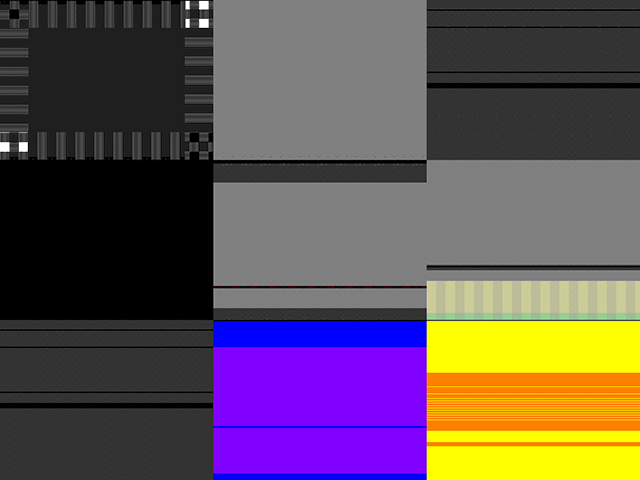 Bas van Koolwijk, TST, 2000.[/caption]
[caption id="attachment_380" align="alignnone" width="640"]
Bas van Koolwijk, TST, 2000.[/caption]
[caption id="attachment_380" align="alignnone" width="640"]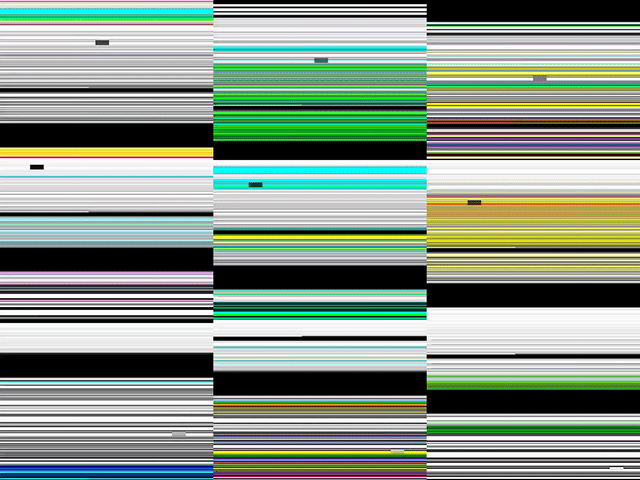 Bas van Koolwijk, TST, 2000.[/caption]
[caption id="attachment_443" align="alignnone" width="640"]
Bas van Koolwijk, TST, 2000.[/caption]
[caption id="attachment_443" align="alignnone" width="640"]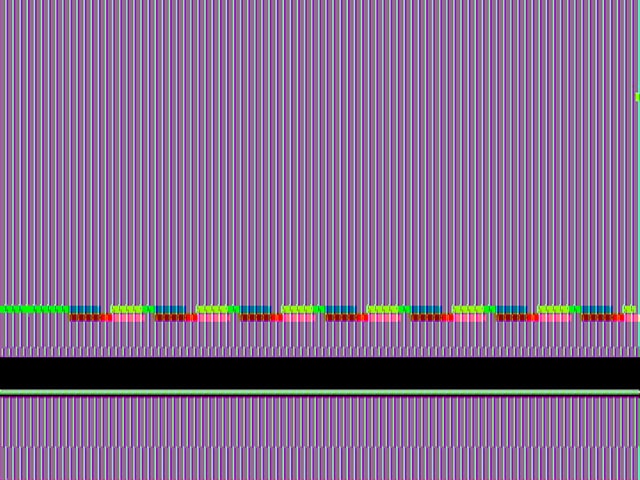 Bas van Koolwijk, TST, 2000.[/caption]
[caption id="attachment_442" align="alignnone" width="640"]
Bas van Koolwijk, TST, 2000.[/caption]
[caption id="attachment_442" align="alignnone" width="640"]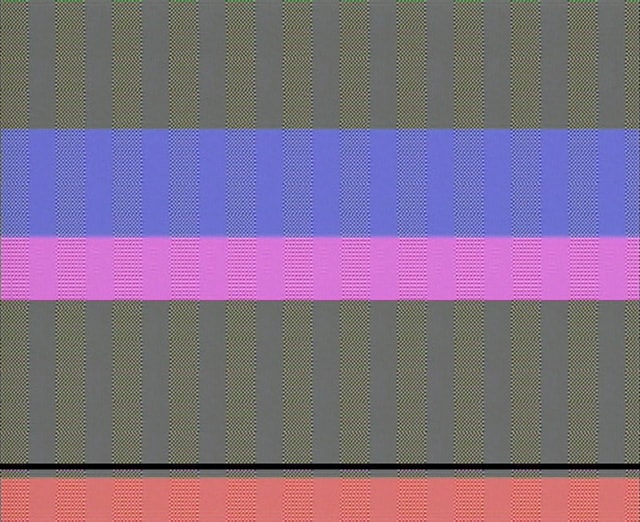 Bas van Koolwijk, TST, 2000.[/caption]
[caption id="attachment_441" align="alignnone" width="640"]
Bas van Koolwijk, TST, 2000.[/caption]
[caption id="attachment_441" align="alignnone" width="640"]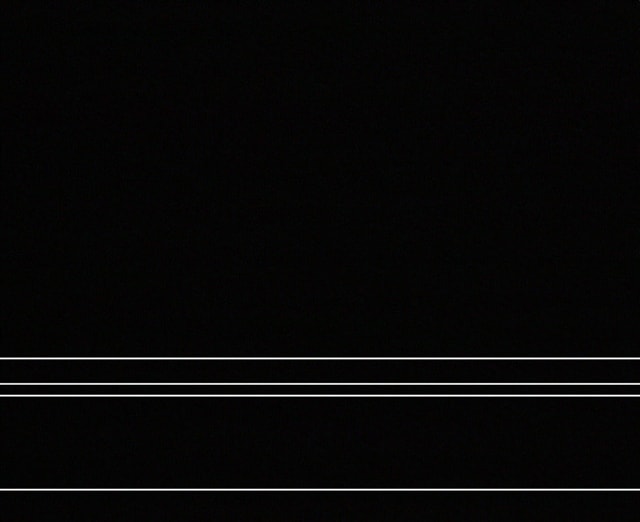 Bas van Koolwijk, TST, 2000.[/caption]
Bas van Koolwijk, TST, 2000.[/caption]
 Bas van Koolwijk, TST, 2000.[/caption]
[caption id="attachment_380" align="alignnone" width="640"]
Bas van Koolwijk, TST, 2000.[/caption]
[caption id="attachment_380" align="alignnone" width="640"] Bas van Koolwijk, TST, 2000.[/caption]
[caption id="attachment_443" align="alignnone" width="640"]
Bas van Koolwijk, TST, 2000.[/caption]
[caption id="attachment_443" align="alignnone" width="640"] Bas van Koolwijk, TST, 2000.[/caption]
[caption id="attachment_442" align="alignnone" width="640"]
Bas van Koolwijk, TST, 2000.[/caption]
[caption id="attachment_442" align="alignnone" width="640"] Bas van Koolwijk, TST, 2000.[/caption]
[caption id="attachment_441" align="alignnone" width="640"]
Bas van Koolwijk, TST, 2000.[/caption]
[caption id="attachment_441" align="alignnone" width="640"] Bas van Koolwijk, TST, 2000.[/caption]
Bas van Koolwijk, TST, 2000.[/caption]
year
2000
premiere
VIPER festival for film, video, and new media. Basel, Switzerland
software
functionality
part of collection
LIMA Amsterdam (previously NIMk)
production
hardware
technical specs
intention artistquote by artist
quote
“Soon I became more interested in the characteristics of the images and sounds that were added. The disturbances, the noise, which seemed to have their own visual language. Here I found the link to painting that I had always made. With these meaningless elements I could compose freely, without being distracted by a story. A search for the balance between order and chaos especially inspired me….there is always a moment of joy when you have gotten rid of the monitor to show the image sequences. I wonder how that sequence sounds. The pulse of image and sound can then be the same, because the essence of my work does not take place in the computer, but rather in the triangle: computer, video, picture tube or beam / sound. I am especially interested in the pulse itself.”2
influence
context
part of active discussion
scene artists institutes
Hogeschool voor de Kunsten Utrecht, NIMk/LIMA
Annie Abrahams
Livinus van de Bundt & Jeep van de Bundt
Driessens & Verstappen (Erwin Driessens and Maria Verstappen)
Yvonne le Grand
Edward Ihnatowicz
JODI (Joan Heemskerk & Dirk Paesmans)
Bas van Koolwijk
Lancel/Maat (Karen Lancel and Hermen Maat)
Jan Robert Leegte
Peter Luining
Martine Neddam
Marnix de Nijs and Edwin van der Heide
Dick Raaijmakers
Joost Rekveld
Remko Scha
Jeffrey Shaw
Debra Solomon
Steina
Peter Struycken
Michel Waisvisz